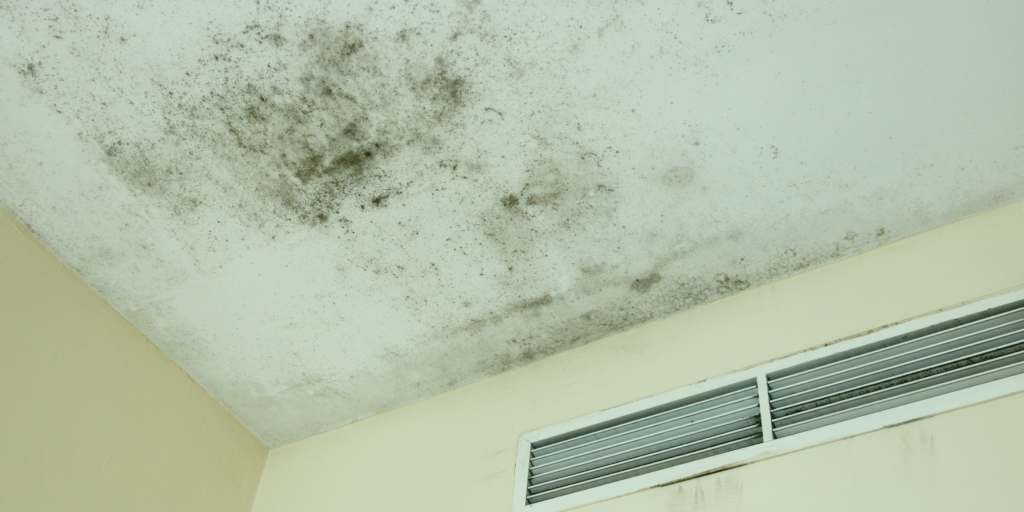Tenant Rights, Landlord Obligations, and What to Do When Standards Aren’t Met
Introduction
When renting a home or apartment, every tenant has the right to a safe, clean, and healthy living environment, a legal standard known as “habitability.” Habitability laws require landlords to maintain rental properties that meet essential safety and health standards. But what if your rental property doesn’t meet these standards? This article covers tenant rights regarding habitability, common habitability issues in rentals, and the steps you can take if your landlord fails to address these concerns.
What Is Habitability in Rental Properties?
Habitability in rentals refers to the minimum standards of living conditions that landlords are legally required to provide. These standards ensure that a rental property is safe, sanitary, and fit for human occupancy. Key habitability requirements often include:
- Functioning Plumbing: Access to running water, hot water, and sewage systems.
- Safe Heating and Cooling: Working HVAC systems to maintain temperature and air quality.
- Reliable Electricity: Access to safe electrical systems and adequate lighting.
- Structural Safety: Stable walls, floors, ceilings, and roofing.
- Safety Protections: Working locks, secure windows, and fire safety equipment.
- Freedom from Health Hazards: No toxic mold, pest infestations, or hazardous chemicals.
If these essential elements are missing or unaddressed, the property could legally be deemed “uninhabitable.”

Common Habitability Issues Tenants Face in Rental Properties
Habitability issues are a frequent concern among tenants. Many renters encounter problems that, if left unresolved, can make a rental property uninhabitable. Here are some of the most common habitability complaints:
- Mold and Mildew Problems: Excess moisture, leaks, or poor ventilation can lead to mold, a health hazard that landlords are responsible for mitigating.
- Pest Infestations: Rodent or insect infestations are often due to inadequate property upkeep and must be addressed to ensure a habitable living space.
- Plumbing Failures: Issues such as clogged pipes, broken toilets, and lack of hot water can disrupt daily life and hygiene.
- Heating and Cooling Failures: Especially crucial in extreme climates, heating and cooling malfunctions can render a rental uninhabitable.
- Electrical Hazards: Outdated or faulty wiring and electrical systems pose safety risks and must be repaired promptly by the landlord.
Understanding these habitability issues empowers tenants to identify and address conditions that don’t meet legal living standards.
Landlord Responsibilities for Habitability in Rentals
Landlords are legally obligated to uphold a property’s habitability standards under the “implied warranty of habitability.” This legal principle requires landlords to maintain rentals that are safe and livable. Landlord responsibilities typically include:
- Timely Repairs for Essential Services: Landlords must quickly address repairs related to plumbing, electricity, and heating.
- Preventing Health Hazards: Landlords must mitigate hazards like mold, pests, and water damage that compromise a tenant’s health.
- Compliance with Building Codes: Rental properties must meet local and state housing codes, ensuring safe and legal living conditions.
Understanding landlord obligations can help tenants communicate effectively and take necessary actions if standards aren’t met.
What Tenants Can Do When Facing Habitability Issues
If you’re dealing with habitability issues, you have several options to assert your rights:
- Document Habitability Issues: Take photos, videos, and keep a written record of problems affecting your rental’s livability. Documentation is critical if legal action becomes necessary.
- Notify the Landlord in Writing: Always inform your landlord of the issue in writing, whether via email or certified mail. Describe the problem clearly and request prompt action.
- Follow Up and Maintain Records: Keep copies of all communications with your landlord regarding repairs or habitability concerns. If delays persist, this record can support potential legal recourse.
- Explore Legal Remedies: If the landlord ignores habitability issues, tenants may consider legal actions, including:
- Rent Withholding: Withholding rent until repairs are completed (subject to local laws).
- Repair and Deduct: Completing the repairs independently and deducting the cost from rent.
- Filing a Complaint: Reporting the issue to local housing authorities or tenant rights organizations.
- Seek Legal Advice: Consulting a tenant rights attorney can help tenants understand their options and take steps to resolve habitability issues legally and effectively.
These steps can assist tenants in maintaining safe, livable housing, even if challenges with a landlord arise.
Protecting Tenant Rights to a Habitable Home
Tenant rights regarding habitability are fundamental to ensuring safe, healthy housing. Here are practical ways tenants can protect their rights:
- Know Local Habitability Laws: Laws and tenant rights vary by state and locality, so understanding regional regulations is essential.
- Document Every Step: From initial notifications to follow-up actions, keeping a record helps protect tenants’ rights.
- Act Promptly: Timely reporting of habitability issues minimizes health and safety risks, ensuring quicker resolutions.
- Seek Tenant Advocacy Support: Local tenant organizations and advocacy groups can provide guidance and support for tenant-landlord disputes related to habitability.
Habitability is more than just a legal requirement—it’s a vital tenant right that ensures a safe and healthy living environment. By knowing your rights and taking proactive steps, you can address and resolve habitability issues effectively.
Conclusion
Every tenant deserves a rental property that meets habitability standards. Whether dealing with mold, faulty plumbing, or inadequate heating, understanding your tenant rights and landlord responsibilities is key. Habitability laws are designed to protect tenants, ensuring landlords provide safe and livable rental properties. By documenting issues, following proper communication protocols, and seeking legal guidance when necessary, tenants can hold landlords accountable and maintain a habitable living environment.

